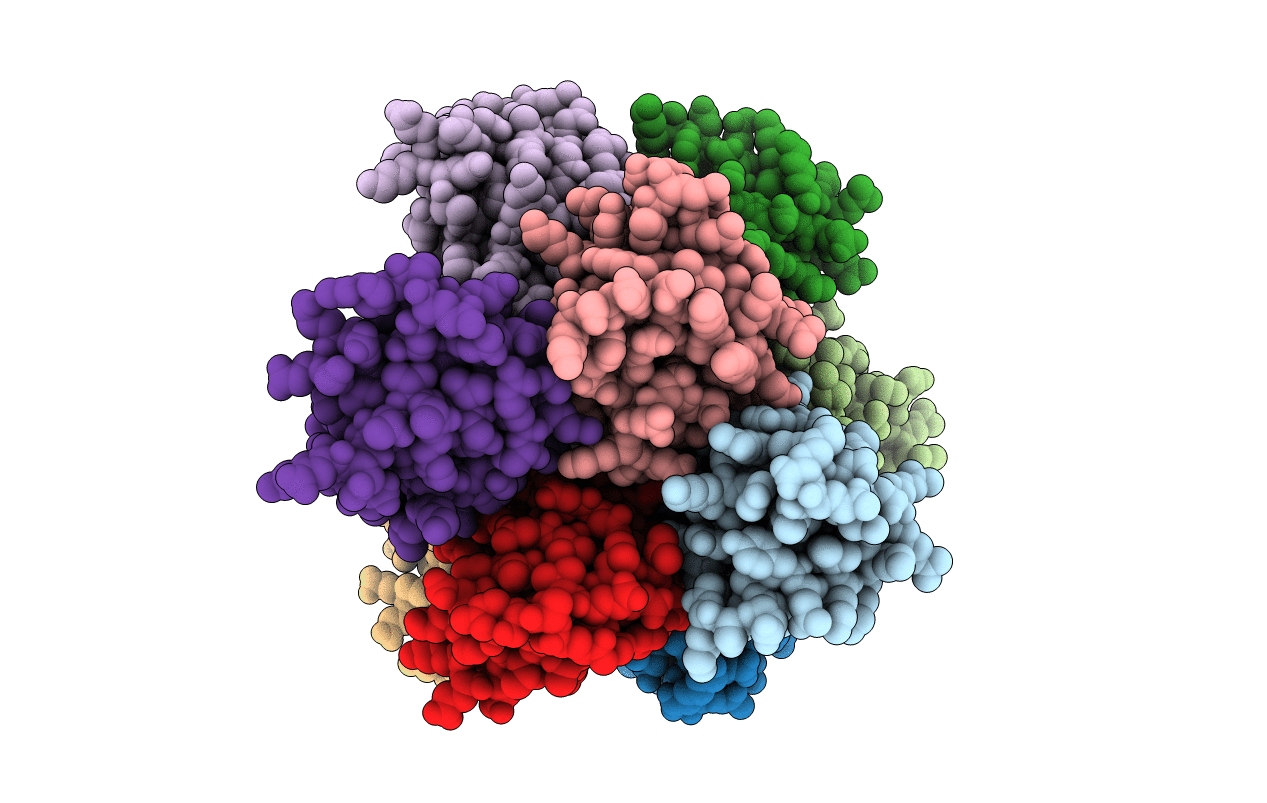
Deposition Date
2010-09-02
Release Date
2010-10-13
Last Version Date
2024-02-21
Entry Detail
Biological Source:
Source Organism:
Mus musculus (Taxon ID: 10090)
Homo sapiens (Taxon ID: 9606)
Homo sapiens (Taxon ID: 9606)
Host Organism:
Method Details:
Experimental Method:
Resolution:
6.80 Å
R-Value Free:
0.35
R-Value Work:
0.34
Space Group:
C 2 2 21


